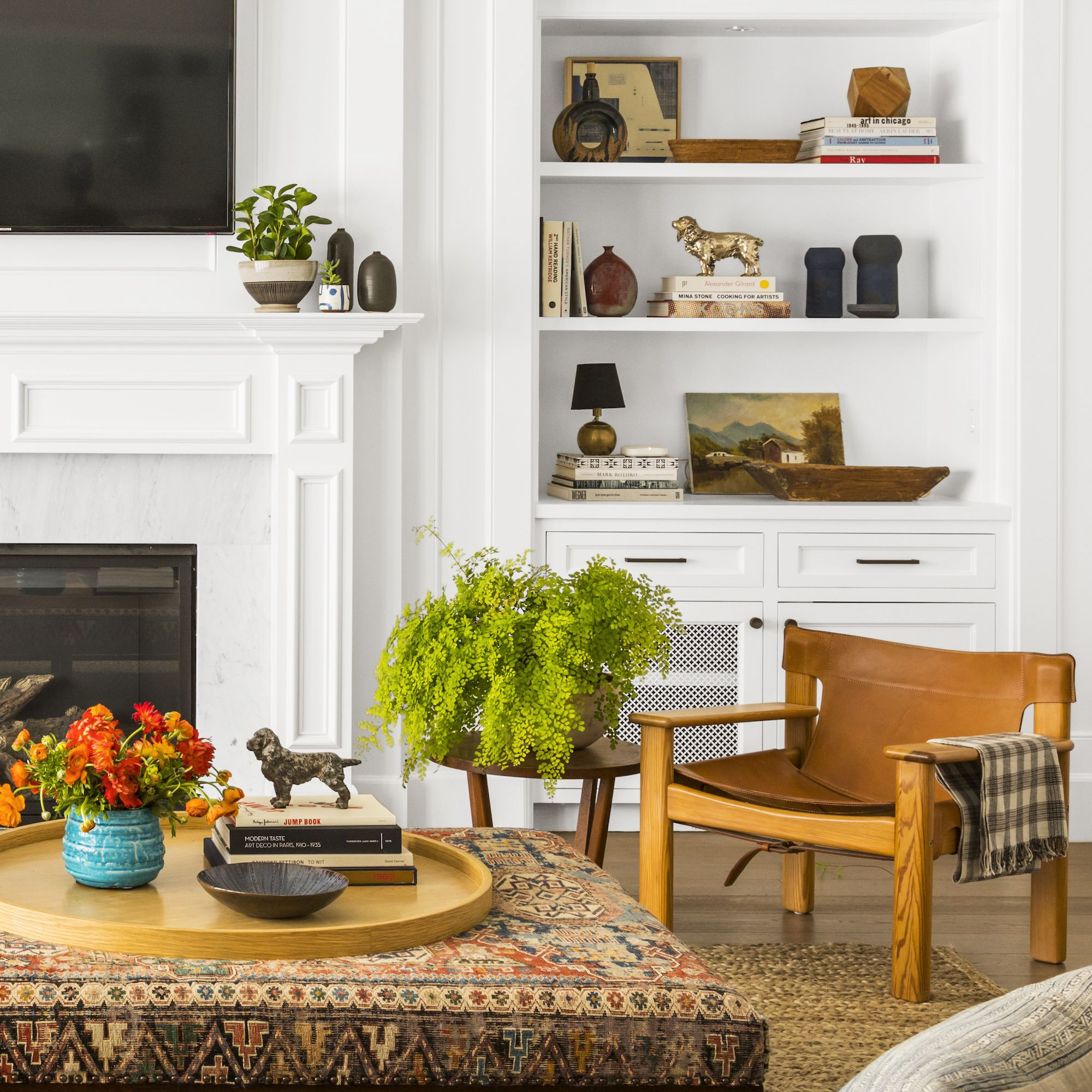Introduction
Ceiling roses are decorative elements that are placed on the ceiling at the center of a room. They have been used for centuries to add elegance and sophistication to homes and buildings. Ceiling roses come in a variety of shapes, sizes, and designs, and can be made from different materials such as plaster, wood, or metal.
The History of Ceiling Roses
Ceiling roses have been used in homes for centuries. The ancient Greeks and Romans were among the first civilizations to use decorative plasterwork on their ceilings, including ceiling roses. In the Renaissance period, ceiling roses became more elaborate, and were often paired with intricate moldings and decorative frescoes.
In the 18th and 19th centuries, ceiling roses became more popular in Europe, particularly in France and England. During this period, they were often made from plaster, and were used to add grandeur and elegance to the homes of the wealthy. Ceiling roses were often paired with chandeliers, which made the ceiling the focal point of the room.
The Benefits of Installing a Ceiling Rose
Installing a ceiling rose can have several benefits for your home. Firstly, it can add a sense of elegance and sophistication to any room. Secondly, a ceiling rose can be used to cover up any unsightly wires or fixtures that may be hanging from the ceiling. Thirdly, it can be used to incorporate lighting fixtures such as chandeliers, which can add a beautiful and glowing ambiance to your home.
Types of Ceiling Roses
Plaster Ceiling Roses
Plaster ceiling roses are the most common types of ceiling roses. They are made from a mixture of gypsum, cement, and water, and are molded into various shapes and sizes. Plaster ceiling roses can be painted to match any room decor, and are often paired with chandeliers.
Wooden Ceiling Roses
Wooden ceiling roses are another popular type of ceiling roses. They are often made from hardwood or MDF, and can be painted or stained to match any room decor. Wooden ceiling roses can add a rustic or natural feel to a room, and are often paired with wooden beams or trim.
Metal Ceiling Roses
Metal ceiling roses are less common than plaster or wooden ceiling roses, but can add an industrial or modern look to a room. They are often made from copper, brass, or steel, and can be polished or finished in a variety of ways to match any decor.
How to Install a Ceiling Rose
Installing a ceiling rose can be a DIY project, but it is important to follow the correct steps to ensure that it is installed safely and securely.
Step 1: Choose the Right Ceiling Rose
Choose a ceiling rose that is the right size and design for your room. Consider the weight of the chandelier or light fixture that will be hung from the rose to ensure that it can support the weight.
Step 2: Prepare the Ceiling
Before installing the ceiling rose, turn off the power supply to the room. Remove any fixtures or fittings that may be in the way of the ceiling rose. Clean the ceiling to ensure that the adhesive or plaster will adhere properly.
Step 3: Install the Ceiling Rose
Apply adhesive or plaster to the back of the ceiling rose, and position it on the ceiling. Hold the ceiling rose in place until the adhesive or plaster has set. Fill any gaps between the ceiling rose and the ceiling with plaster or filler, and sand down any rough edges or bumps.
Step 4: Install the Chandelier or Light Fixture
Once the ceiling rose is installed and dry, you can install the chandelier or light fixture. This can be done by attaching a hook or bracket to the ceiling rose, and hanging the chandelier or light fixture from the hook or bracket.

